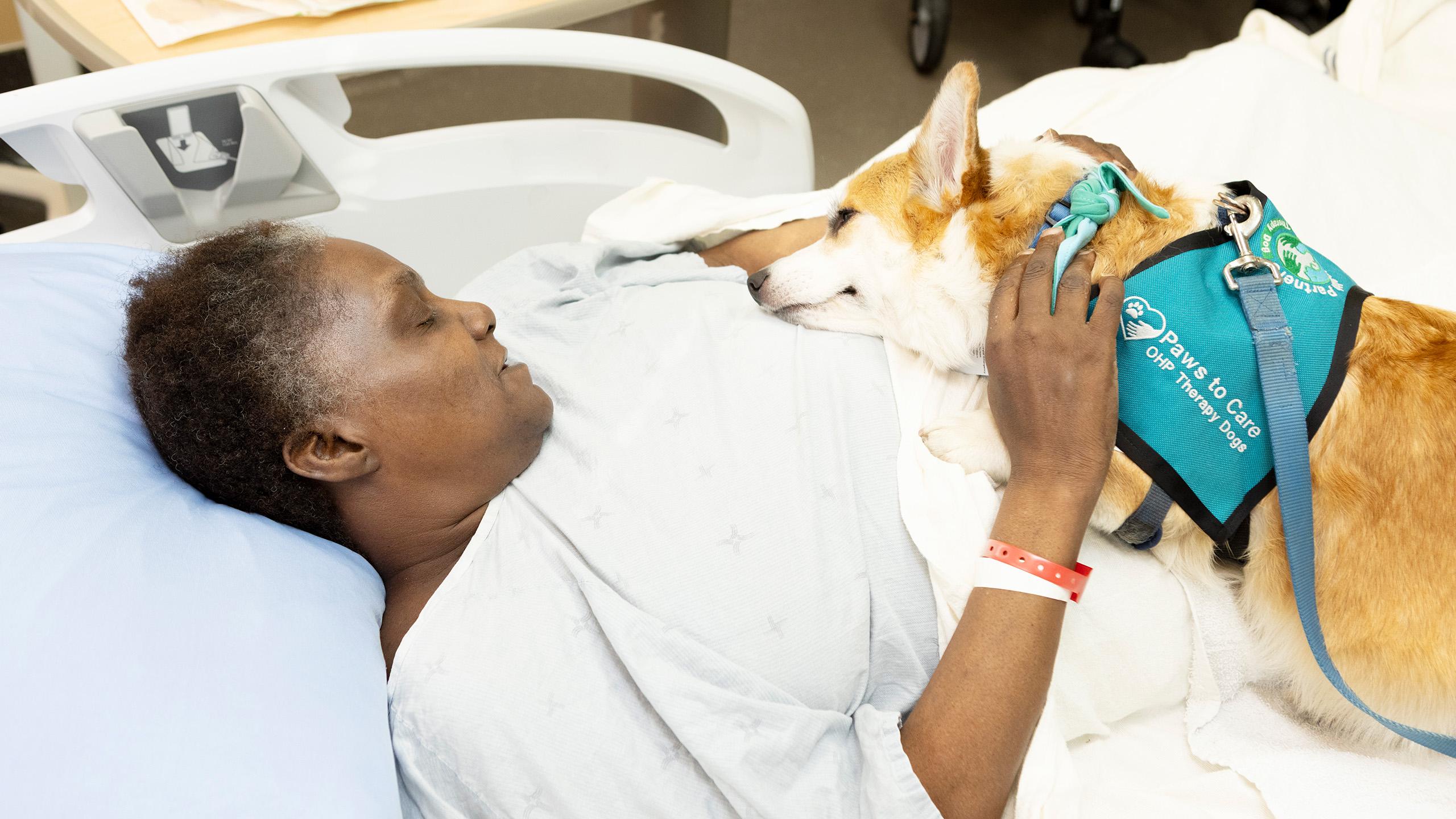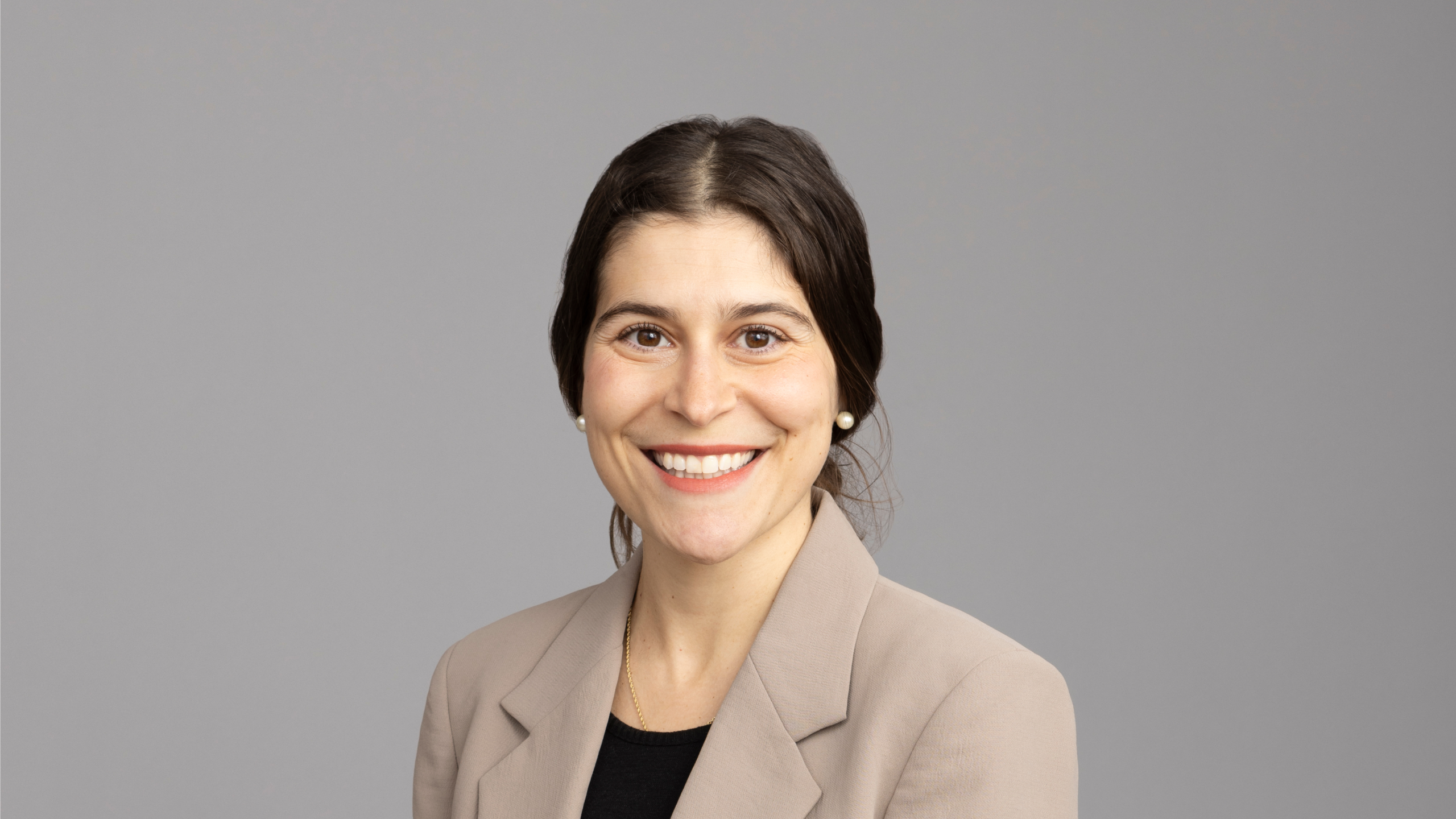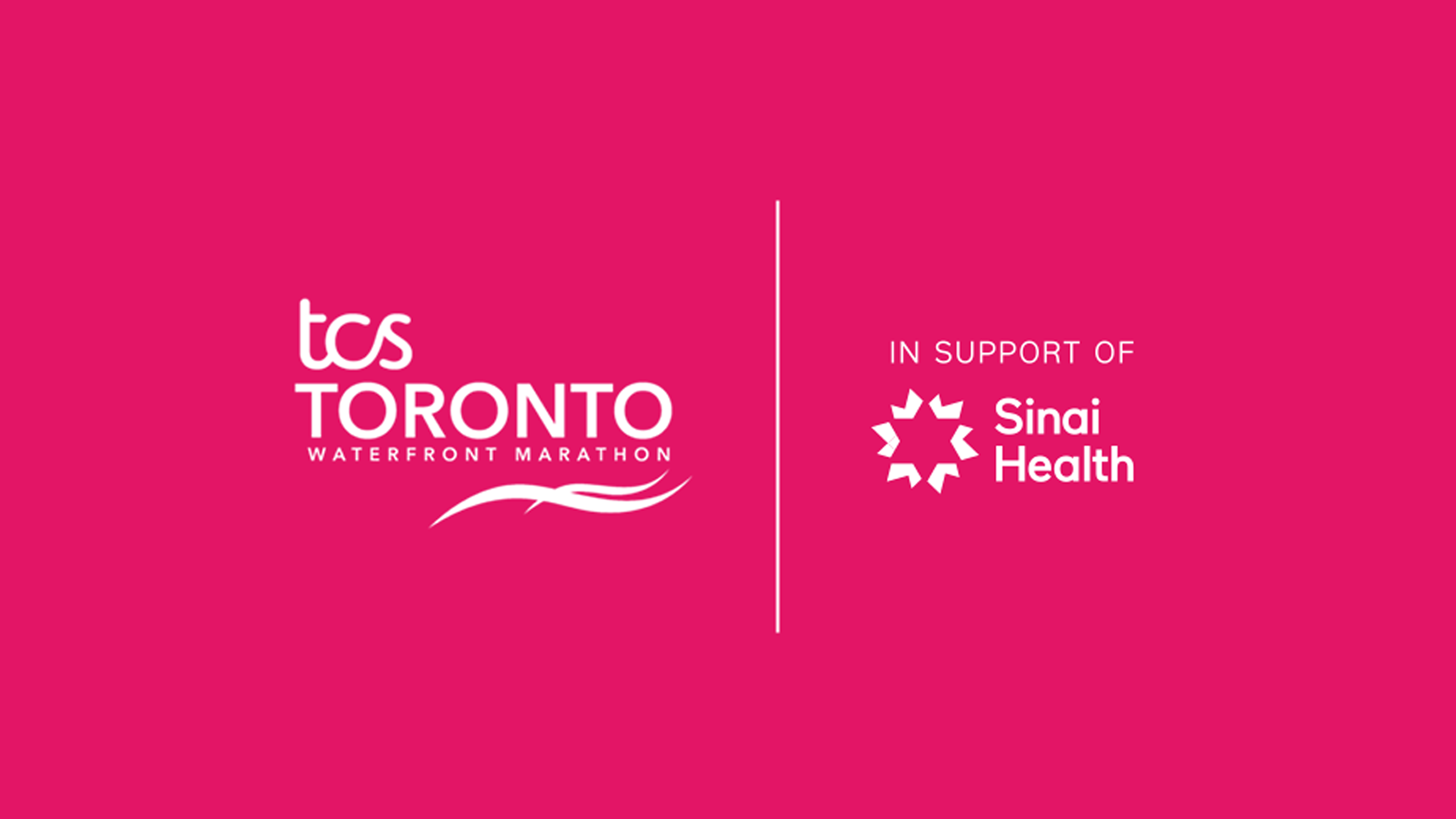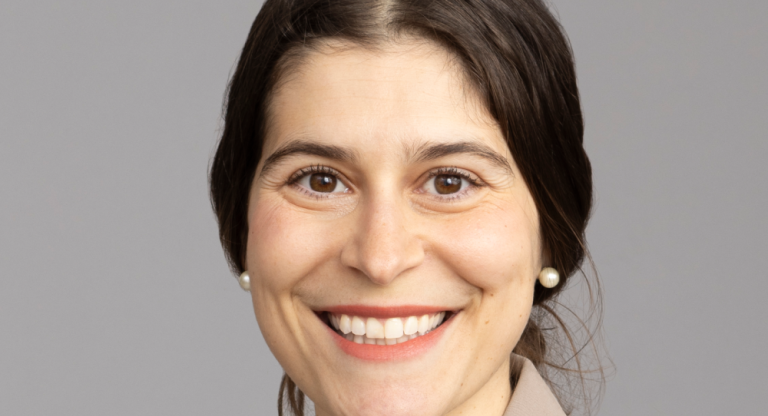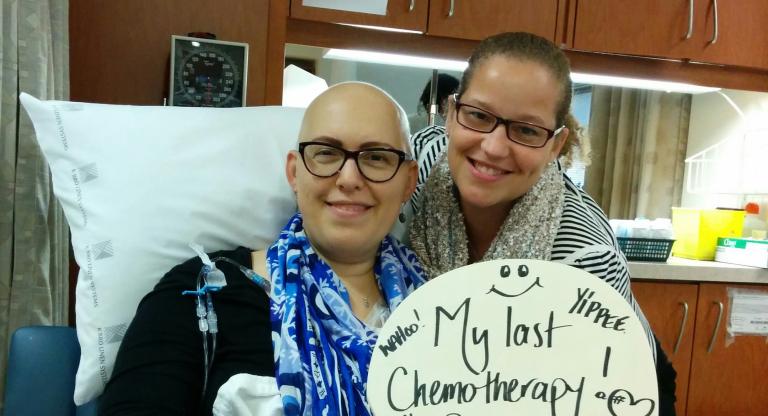Meet the Minds: Dr. James Khan is on a mission to prevent breast cancer pain before it starts
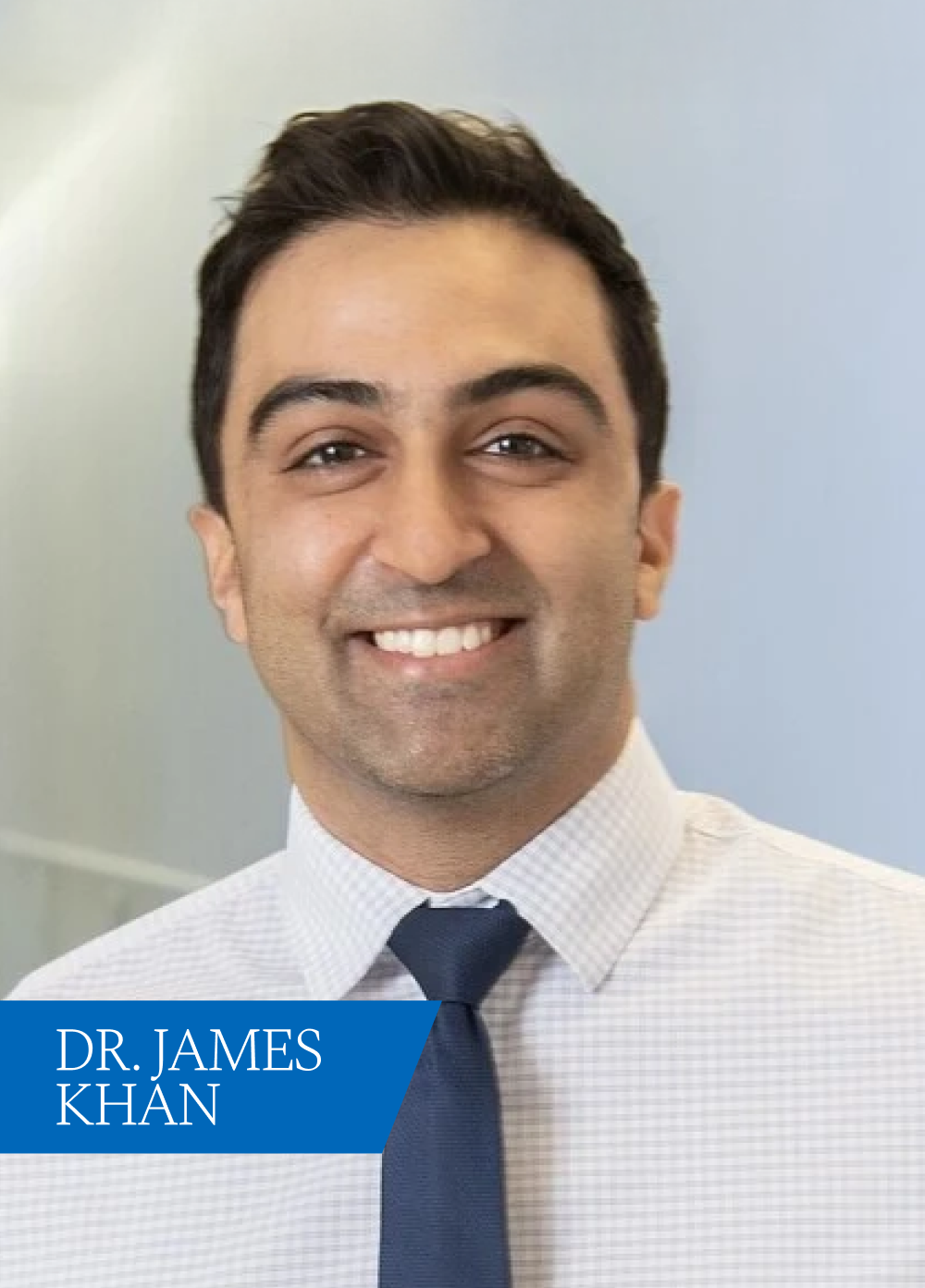
In our Meet the Minds series, we’re opening the doors to the visionary researchers shaping the future of health care at Sinai Health. You’ll get to know the innovators behind the breakthroughs — their passions, discoveries and the impact they’re making on lives today and tomorrow.
Dr. James Khan is a Clinician-Scientist and chronic pain specialist whose research focuses on preventing, not just treating, long-term pain after surgery. He directs Sinai Health’s Persistent Breast Cancer Pain Clinic — the only one of its kind in Canada — and is leading the international PLAN Trial to investigate whether a simple, low-cost intervention during surgery could prevent years of pain.
Q: At Sinai Health, you run Canada’s only dedicated Persistent Breast Cancer Pain Clinic. How did you come to focus on this area, and how has it shaped your research?
Dr. Khan: As a practising chronic pain physician, I see patients struggling with a wide range of pain disorders, many of which disproportionately affect women. Hearing their stories — about not being able to care for themselves, their families or return to work — drives me to ask how we can either prevent pain or develop better, more effective treatments.
By looking closely at how patients develop chronic pain, I realized that approximately a quarter of all chronic pain originates from surgery. Breast cancer surgery is among the top contributors. So, in trying to solve chronic pain, I’ve naturally been led to focus on women’s health.
Q: One in three women will suffer from chronic pain after a mastectomy or lumpectomy . Why is breast cancer surgery one of the highest-risk procedures for developing chronic pain?
Dr. Khan: The short answer is nerves. The breast and chest wall are highly, richly innervated with different nerves, and surgery can damage them. Then you layer on radiation and chemotherapy, which can also hit the nervous system. And we know being female and being younger are both risk factors for chronic pain. So, you’ve got this perfect storm that makes the rate much higher, about one in three patients1, compared to one in ten after most other surgeries.
Q: Why are women — especially younger women — more vulnerable to post-surgical chronic pain?
Dr. Khan: We don’t have one clear answer, there are many hypotheses. In women, there may be biological differences in how pain is processed. Their thresholds for pain might actually be a little different compared to men, so the same stimulus can result in more pain. Hormones and hormonal changes also play a role, and then the psychosocial stressors — such as the combined demands of caregiving and work — can further sensitize the nervous system, increasing vulnerability to chronic pain.
Younger age adds another layer. A younger nervous system is more “plastic”, or adaptable, which is great for recovery in some ways. But that same plasticity also makes it easier for pain signals to get wired, or locked, in. In older adults, the nervous system has less plasticity, so it may be more resistant to these kinds of long-term changes. But in younger patients, once the nervous system adapts in the wrong way, those changes can become imprinted or stuck. That’s when pain persists, even after the original injury has healed.
Q: How does chronic pain affect the daily lives and recovery of breast cancer survivors?
Dr. Khan: It shows up in so many ways. Patients can experience pain around the scar, nerve pain in the arm or armpit, musculoskeletal pain, or swelling from lymphedema, which can affect the entire limb. Even simple daily activities — getting dressed, putting on a bra, taking a shower or carrying groceries — can become painful. These physical limitations have ripple effects: women are being diagnosed with breast cancer at younger ages, often in their 30s or 40s, when they are caring for children and at the peak of their careers.
Q: You’re leading one of the largest international trials in breast cancer pain prevention. What could the PLAN trial mean for the future of care
Dr. Khan: The PLAN trial is testing whether a short infusion of lidocaine — an inexpensive, widely available drug most people know from the dentist’s office — given during breast cancer surgery can reduce the number of patients who go on to develop chronic pain. This is one of the largest international trials of its kind, enrolling more than 1,600 patients across 17 hospitals. We’re following patients at three months and one year after surgery to see if this small intervention can have long-lasting effects.
If the results are positive, the impact could be massive: anesthesiologists and surgeons could adopt lidocaine infusions as standard practice, improving quality of life for countless women following breast cancer surgery at virtually no added cost. And the implications would reach beyond breast cancer. This kind of low-cost, safe strategy could be applied to other surgeries or even traumatic injuries, potentially preventing chronic pain on a much larger scale.
Q: Why is preventing pain just as important as treating it?
Dr. Khan: There’s a saying I really believe in: an ounce of prevention is worth a pound of cure. Once chronic pain is established, it’s very difficult to treat. I see this every day in the Persistent Breast Cancer Pain Clinic — often, the best we can offer is partial relief, with only modest improvements in function or pain intensity. But surgery gives us a unique opportunity: it’s a predictable event. It’s almost like having the date and time of a motor vehicle collision. We know there will be significant stress and trauma to a patient’s body, so we can use this window to study how chronic pain develops and intervene early.
Even if we can reduce the incidence — for example, from one in three women developing chronic pain after breast cancer surgery down to one in five or one in seven — the impact would be enormous. Not only would this spare patients years of suffering, it would also reduce the massive personal and societal costs of chronic pain. In 2019, Health Canada estimated that chronic pain cost the country $40 billion in direct health-care expenses and lost productivity.2
Q: As a clinician and a researcher, why do you believe women’s health needs more answers?
Dr. Khan: Historically, women’s health questions just haven’t been prioritized the way they should. With chronic pain, women are disproportionately affected, but so much of the data we’ve relied on came from studies in very different populations. We need to generate answers that reflect women’s biology and lived experience.
Q: Looking ahead, how do you hope your work will change the way women experience breast cancer treatment and recovery?
Dr. Khan: I don’t think survival needs to come with a trade-off — beating cancer but then living with a disability. If PLAN works, we’ll have a safe, simple, cost-effective way to prevent pain that could be adopted worldwide. And beyond that, I hope our clinic and research normalize asking women about pain, believing them and doing something about it.
How you can help
Dr. James Khan is challenging the long-standing assumption that women’s pain after breast cancer surgery is “just part of recovery.” He is committed to finding solutions that prevent chronic pain before it starts, transforming recovery and giving women the chance to heal fully, free from unnecessary, long-term pain.
Want to support transformational research like this? Donate today. Please select Research - Lunenfeld-Tanenbaum Research Institute from the gift designation dropdown menu.
1. https://www.cbcn.ca/en/blog/our-stories/navigating-persistent-pain

